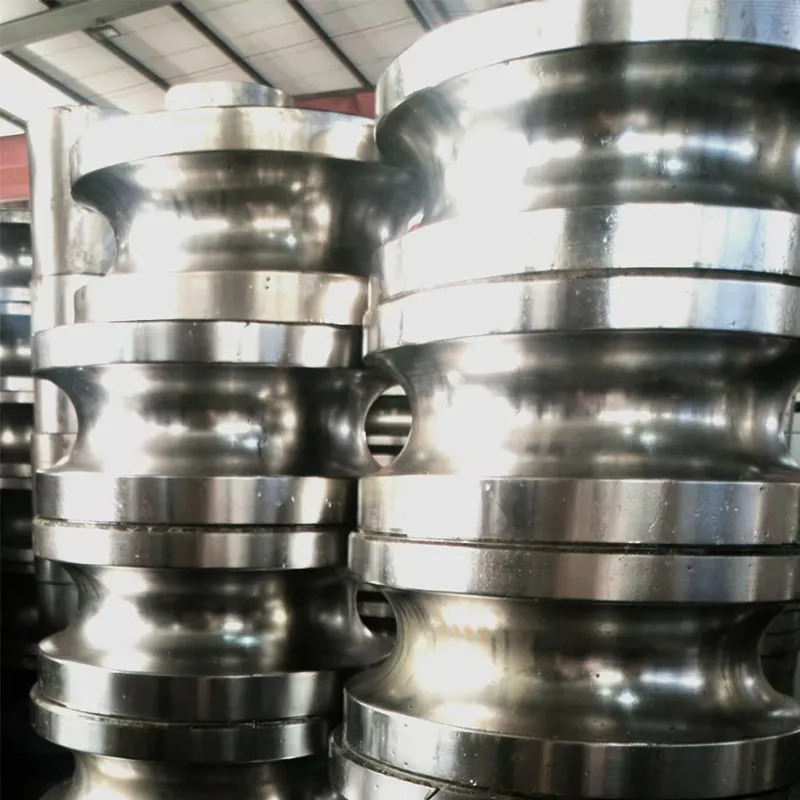Seamless Pipe Production Equipment for Efficient Manufacturing Processes
Seamless Pipe Manufacturing Machinery Advancements and Innovations
Seamless pipes play a critical role in various industries, including oil and gas, construction, automotive, and energy. The manufacturing process for seamless pipes has evolved significantly over the years, driven by technological advancements and increasing demand for high-quality materials. This article delves into the machinery and processes involved in seamless pipe manufacturing, focusing on innovations that enhance efficiency, quality, and sustainability.
Understanding Seamless Pipes
Seamless pipes are tubular products made from solid round billets, which are heated and pierced to form a hollow tube without any welds. This feature is crucial because it ensures that the pipes can withstand higher pressures and temperatures, making them ideal for applications in extreme conditions. The absence of seams also minimizes the risk of failure in critical applications, providing reliability and safety.
The Seamless Pipe Manufacturing Process
The seamless pipe manufacturing process typically involves several key steps billet heating, piercing, elongation, and finishing. Each of these steps requires specific types of machinery, and advancements in technology have transformed them significantly.
1. Billet Heating The manufacturing process begins with the heating of solid billets, usually made of steel or alloy materials. Induction furnaces or pusher furnaces are commonly used for this purpose. Recent innovations in furnace technology have resulted in better temperature control, energy efficiency, and reduced emissions, aligning with global sustainability goals.
2. Piercing After the billets are heated, they go through the piercing stage, where they are pierced to create a hollow tube. This process traditionally involved a piercer mill, which uses a mandrel to create the initial hollow section. Modern piercing mills now incorporate advanced hydraulic systems and automation technology, allowing for increased precision and reduced labor costs.
3. Elongation The next step is elongation, where the hollow tube is further stretched and manipulated to achieve the desired diameter and length. This is typically done in a rotary piercer or elongator, where the temperature and speed can be finely adjusted for various materials and specifications. Advanced control systems enhance the capability of these machines, ensuring consistent product quality.
seamless pipe manufacturing machinery

4. Finishing The final step in the seamless pipe manufacturing process includes various finishing operations, such as heat treatment, sizing, and surface conditioning. This is crucial for meeting the exact specifications required by different industries. Automated finishing lines with integrated quality control systems help maintain high standards while improving production efficiency.
Innovations Driving Efficiency and Quality
The seamless pipe manufacturing industry has seen remarkable innovations over the last decade. Some notable advancements include
- Automation and Control Technology Integration of Industry 4.0 technologies, such as IoT (Internet of Things) and AI (Artificial Intelligence), allows manufacturers to monitor and optimize production in real-time. This technology enhances predictive maintenance, thereby reducing downtime and increasing overall efficiency.
- Advanced Materials Researchers are continually working on developing stronger, lighter materials that can be used in seamless pipe manufacturing. The introduction of high-strength alloys has led to enhanced performance in challenging environments, such as deep-water oil drilling.
- Energy Efficiency New machinery designs focus on reducing energy consumption during the manufacturing process. Improvements in furnace technology and heat recovery systems contribute significantly to lowering the carbon footprint associated with seamless pipe production.
- Customization Options Manufacturers are increasingly offering customization options to meet specific customer needs. Advanced machinery enables greater flexibility in terms of sizes, grades, and coatings, helping businesses adapt to the fast-changing market demands.
Conclusion
Seamless pipe manufacturing machinery has undergone considerable transformation, with technological advancements driving improvements in efficiency, quality, and sustainability. As the global demand for seamless pipes continues to rise, manufacturers will likely invest further in innovative solutions that meet the challenges of the future. By focusing on advanced machinery and processes, the seamless pipe industry is poised to deliver high-performance products that cater to a wide variety of applications, ensuring reliability and safety in critical sectors.
-
High Frequency Straight Seam Welded Pipe Production Line-BzZhou Xinghua Machinery Equipment Manufacturing Co., LTD.|Precision Welding, High EfficiencyNewsJul.30,2025
-
High Frequency Straight Seam Welded Pipe Production Line|BzZhou Xinghua|Precision Welding&EfficiencyNewsJul.30,2025
-
High Frequency Straight Seam Welded Pipe Production Line - BzZhou Xinghua|Precision Engineering&EfficiencyNewsJul.30,2025
-
High-Frequency Straight Seam Welded Pipe Production Line-BzZhou Xinghua Machinery Equipment Manufacturing Co., LTD.NewsJul.30,2025
-
High-Frequency Straight Seam Welded Pipe Production Line-BzZhou Xinghua Machinery Equipment Manufacturing Co., LTD.|Precision Manufacturing, High EfficiencyNewsJul.30,2025
-
High Frequency Straight Seam Welded Pipe Production Line-BzZhou Xinghua Machinery Equipment Manufacturing Co., LTD.|Precision Steel Pipe Manufacturing&Industrial EfficiencyNewsJul.29,2025


